Search
Search Results

Image
Inscribed Giant River-worn Pebble
The cuneiform inscriptions mention that Enannatum, king of Lagash, reminds the gods of his prolific temple building achievements in the city of Lagash. From Girsu (modern-day Tell Telloh, Dhi-Qar Governorate, Iraq), Mesopotamia. Early dynastic...

Article
The Battle of Kadesh & the First Peace Treaty
Ramesses II (The Great, 1279-1213 BCE) ruled Egypt for 67 years and, today, the Egyptian landscape still bears testimony to the prosperity of his reign in the many temples and monuments he had built in honor of his conquests and accomplishments...
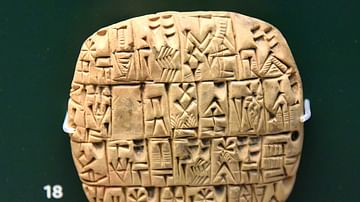
Article
Hymn to Nisaba
The Hymn to Nisaba (c. 3rd millennium BCE) is a poem praising Nisaba, the Sumerian goddess of writing and accounts who also served as scribe of the gods. The poem is officially dedicated to Enki, the god of wisdom (sometimes given as her...

Image
Map of the Sumerian Civilization
This map illustrates the rise of the Sumerian civilization in southern Mesopotamia, beginning around 6000 BCE. Situated between the Tigris and Euphrates Rivers, the region—later home to Akkad and Babylonia—saw the emergence of some of the...

Image
Battle Scene from Stele of the Vultures c. 2600 BCE
The Battle Scene from the Stele of the Vultures, created to commemorate the victory of Lagash over Umma c. 2600 BCE.
Louvre, Paris.
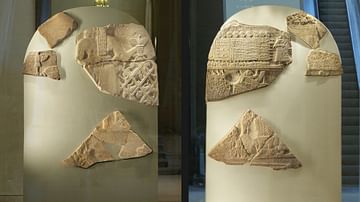
Image
Stele of the Vultures
Stele of the Vultures fragments, dated to the Early Dynastic III Period (2600-2334 BCE), commemorating the victory of the city of Lagash over Umma.
Louvre, Paris.
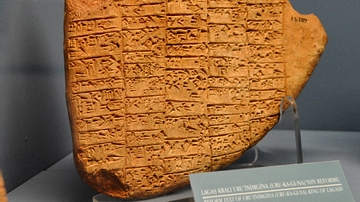
Image
Terracotta Tablet from Girsu
This reform text belongs to King Uru'inimgina (or URU-KA-GI-NA), king of Lagash. From Girsu (modern Tell Telloh, Dhi-Qar Governorate, Iraq), Southern Mesopotamia, Iraq. Early dynastic period, 2351-2342 BCE. (Istanbul Archaeological Museums/Ancient...
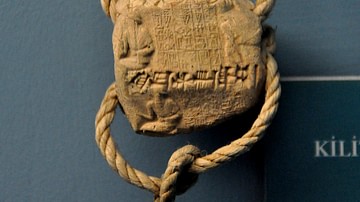
Image
Seal Lock
Terracotta seal lock from Lagash, southern Mesopotamia, modern-day Iraq. Neo-Sumerian period (Ur III), 2114-2004 BCE. (Istanbul Archeological Museums/Ancient Orient Museum, Istanbul, Turkey).
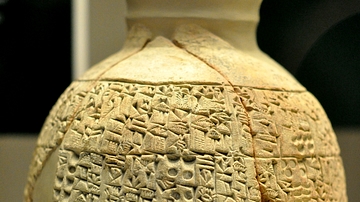
Image
Vessel from Umma
"This is the boundary according to the monument of (the god) Shara". This is the historical cuneiform text on this vessel, which gives the city of Umma's account of its long-running border dispute with Lagash. Early Dynastic III period, circa...
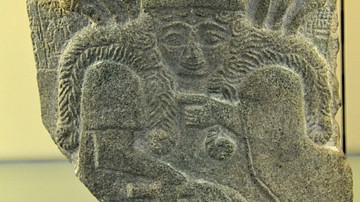
Image
Goddess Nisaba
A fragment of a vase with a depiction of the goddess Nisaba (also Ninibgal or Nidaba), goddess of writing, learning, and the harvest. The cuneiform inscription on the vase mentions the name of Entemena, ruler of Lagash. Chlorite. From Mesopotamia...